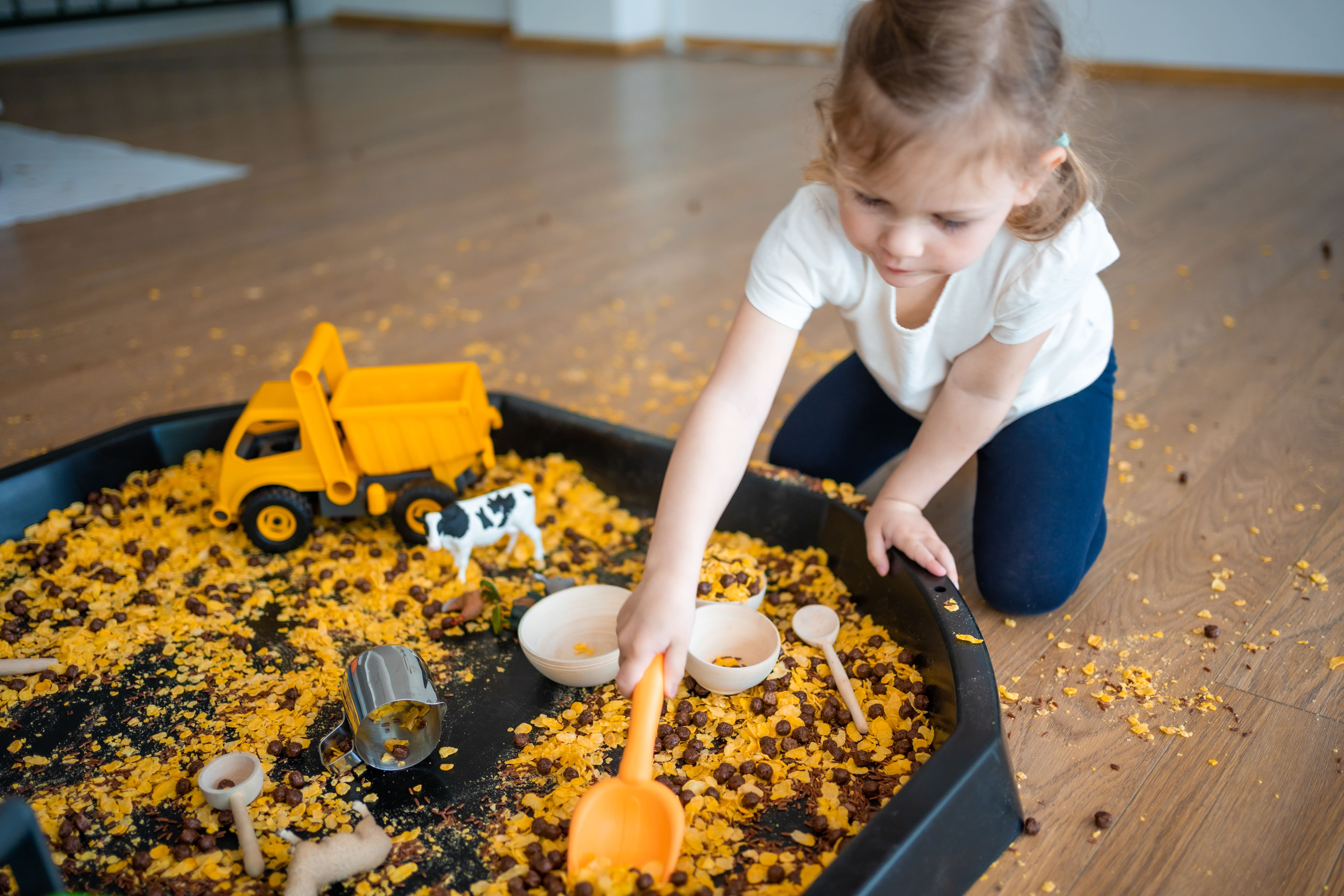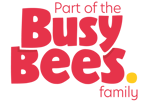Fun and easy nature-based STEM activities for toddlers! Teach science, math, and problem-solving through outdoor play, exploration, and hands-on learning.
If you have a curious toddler at home, you've likely seen how they light up when discovering something new. From poking around in the dirt to marveling at bugs, toddlers are natural scientists. That’s why nature is the perfect setting for introducing STEM (Science, Technology, Engineering and Math) concepts in a fun and age-appropriate way.
You don’t need fancy equipment or a science degree. With just a little creativity and time outdoors, you can nurture your child’s curiosity and build a strong foundation for learning. Here are some easy and engaging nature-based STEM activities you can try today.
1. Solar Oven S’mores
STEM Focus: Teach kids about the power of sunlight and temperature while encouraging them to practice their building skills. You can also talk about how certain materials and colours attract more sunlight than others.
What You Need:
- Cardboard box
- Aluminum foil
- Black paper
- Plastic wrap
- S’mores supplies (chocolate, marshmallows, graham crackers)
Steps:
- Take a cardboard box (like a pizza box) and cut a rectangle out of the top. Make sure you only cut 3 sides so it acts like a flap.
- Cover this flap with aluminum foil and make sure it is angled slightly towards the inside of the box
- Cover the inside of the box with black paper.
- Cover the hole you cut in the box with plastic wrap
- Leave the box in a sunny place
- Place your graham cracker with chocolate and a marshmallow inside and wait a few hours for it to melt
- Go back with your toddler to check on it and observe the process of it melting.
2. Celery Science
STEM Focus: Teach a simplified version of osmosis by observing the way the celery absorbs the water.
What You Need:
- Celery with leaves
- Water
- Food colouring
- Clear jar/cup
Steps:
- Cut the end of the celery so the roots are fresh
- Place several drops of food colouring is a cup of water
- Place the celery in the coloured water and watch over several days as the colour spreads up the celery and into the leaves!
3. Shadow Tracing
STEM Focus: Teach your child about simple concepts like light and shadow, as well as have them observe how the shadows change with the sun's positioning
What You Need:
Steps:
- Find a spot with direct sunlight
- Position different objects (leaves, rocks, toys, etc.) and let your toddler trace them
- Head back out after an hour or two and trace the same objects again
- Do this several times throughout the day and to explore the different sizes relative to the angle of the sun
4. Nature Ice Excavation
STEM Focus: Learn about the states of matter through the change of liquid to solid and the impact of temperature on this process
What You Need:
- Small stones
- Sticks
- Leaves
- Flowers
- Water
- Container/bowl
Steps:
- Fill a bowl ¼ of the way with water
- Take a few of your nature items and place them in the water
- Let this freeze and repeat steps 1 & 2 until the bowl is full. This will allow for an even distribution of items in your ice
- Let your toddler “excavate” the items using a spoon, warm water, and salt
Bonus: For a sensory activity, go on a nature walk beforehand to collect the items, ask your toddler to pick out different sizes and textures to put in the ice!
5. Nature Shapes
STEM Focus: Teach your child simple math skills through size and shape recognition using supplies found in nature.
What You Need:
- Varying sized sticks and twigs
- Mat (optional)
Steps:
- Put a mat down on the ground outside to keep track of what your toddler collects
- Let your toddler run around and find different sized sticks
- Every time they come back with a new stick have them place it on the mat
- Ask your toddler to sort them from smallest-largest, thinnest to thickest, etc.
- Try the same thing with rocks and leaves
6. Bug Hotel
STEM Focus: Learn about biology, different species, habitats, and biodiversity!
What You Need:
- Cereal Box/Milk Carton
- Twigs, rocks, grass, moss, bark, pinecones
Steps:
- Cut open a cereal box or cut a milk carton in half for the frame of the hotel
- Walk around with your toddler and collect different pieces of nature you can place in the frame
- Put the finished hotel on its side in a shady and quiet place so bugs can find it and crawl in.
- Check on it in the coming days to see if it's attracted any spiders, beetles, ants, or pill bugs.
7. Leaf Puzzles
STEM Focus: This activity teaches math through symmetry, size, and shape. This also encourages engineering based skills like spatial thinking and trial and error.
What You Need:
- Different sized leaves
- Scissors
- Glue & paper (optional)
Steps:
- Collect some leaves from outside and cut them up into different sized/shaped pieces
- Let your toddler work to put the pieces back together again like a puzzle
- Optionally, after your toddler solves the puzzle, let them glue the pieces onto a piece of paper to preserve its shape
- Repeat these steps with different sizes and types of leaves
8. Egg Carton Collector
STEM Focus: Teach your toddler how to count and sort items in nature, fostering early math development!
What You Need:
Steps:
- Take an empty egg carton and head out on a nature walk ‘
- Encourage your toddler to fill each spot in the carton with different items, counting up from 1 every time. For example, 1 stone, 2 flowers, 3 blades of grass, etc.
- Continue this process until the egg carton is full of different pieces of nature
Final Tips
- Keep it short and sweet. Toddlers have short attention spans, so aim for 10 to 20 minutes per activity.
- Let your child take the lead. Their questions and curiosity will guide the experience.
- Ask open-ended questions like “What do you think will happen?” or “Why do you think that is?”
Nature is one of the best classrooms your toddler will ever have. All it takes is a little time, patience and a willingness to get your hands dirty.
STEM learning doesn't start in a lab, it starts with wonder. By encouraging hands-on experiences in nature, you're helping your toddler develop critical thinking, problem solving and observational skills. Plus, outdoor time boosts physical health and creativity.
You don’t need a structured curriculum. Just step outside, follow your child's interests and let the questions lead the way.
Stay in the know and check us out on social media! Follow BrightPath on Facebook and Instagram for a variety of fun activities and daily inspiration.





.jpg)

